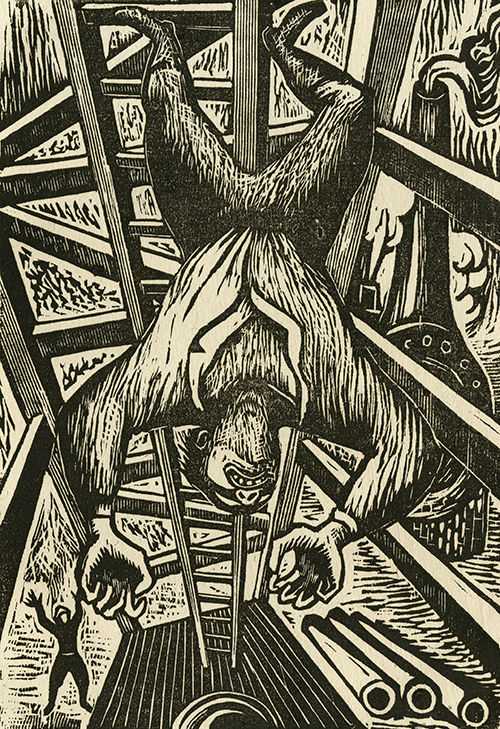PROVIDENCE, R.I. [Brown University] —In the new exhibition “Llevando la Cultura: Conflicting Narratives in Mexican Art,” the David Winton Bell Gallery presents prints and photographs by nine Mexican artists that illuminate the struggle to define Mexican identity in the 20th century, an era of rapid change.

The exhibition, curated by Rica Maestas, opens today in the List Art Center lobby and runs through Sunday, February 11. On Friday, February 9, a closing reception featuring live music by Mariachi de Brown will begin at 5:30 p.m.
According to Maestas, globalization, rapid change, and political instability profoundly affected Mexican art in the last century.
“To many, modernization opposed Mexican culture by devaluing ritual practice, rural life, and indigenous cultures while privileging American economic interests over the wellbeing of Mexican people,” Maestas said. “Others deemed stereotypical markers of Mexican culture restrictive, viewing modernization as an opportunity to reimagine Mexican identity.”
These conflicting views often played out in the public sphere, Maestas noted, as artists used publicly accessible art forms like prints, photographs and murals to confront the consequences of industrialization, the Mexican Revolution, religion and education reform and the tension between women’s representation as the embodiment of Mexican culture and their political disenfranchisement.
“In vying for visual and cultural influence, Mexican art in the 20th century raises more general questions about who is allowed, capable, or forced to create culture,” Maestas said.” In other words, who has the right to speak for Mexico?”
The nine artists included in the exhibition are: Manuel Álvarez Bravo, Graciela Iturbide, Alfredo Ramos Martinez, Leopoldo Mendez, Salvador Lutteroth, Diego Rivera, David Siqueiros, Mariana Yampolsky and Francisco Zúñiga.
The List Art lobby is open Monday through Friday from 8 a.m. to midnight and Saturday and Sunday from 11 a.m. to midnight.
For more information, call 401-863-2932 or visit brown.edu/bellgallery.